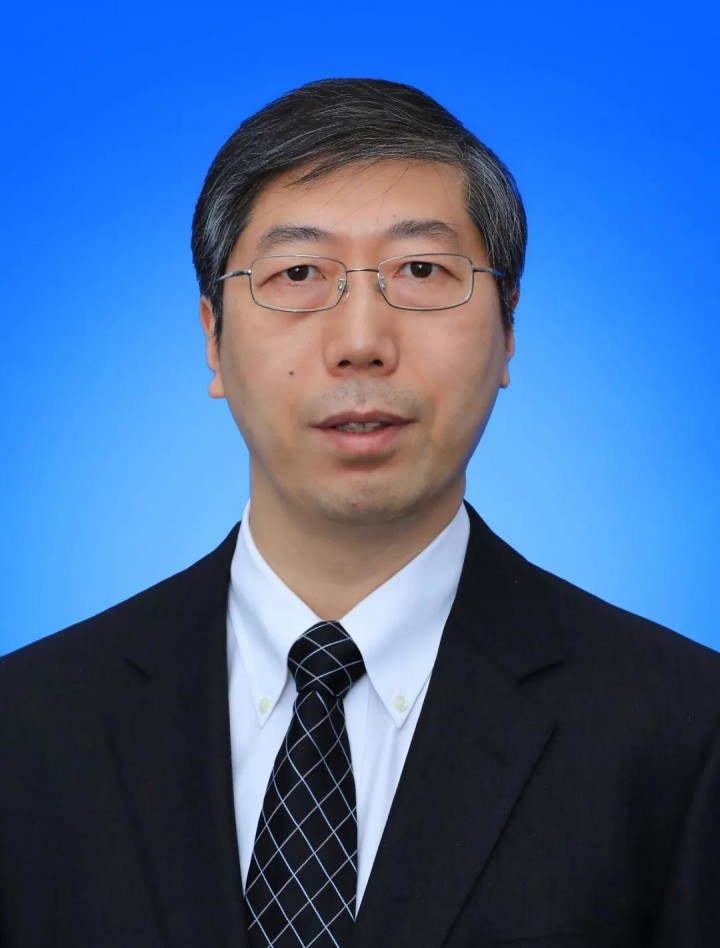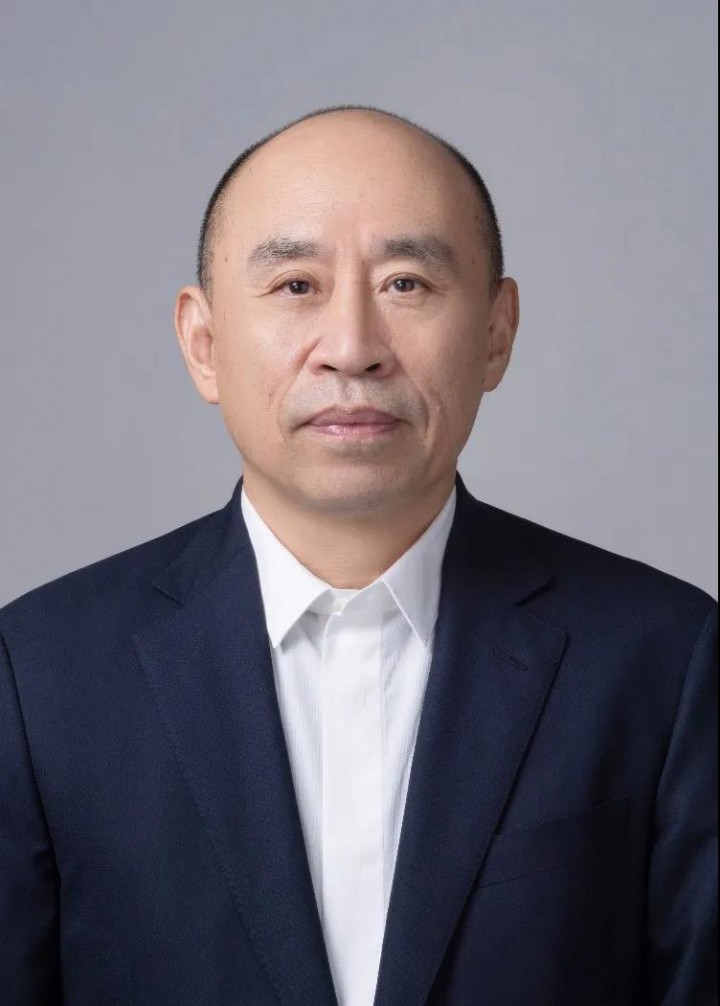The Chinese Academy of Sciences (CAS) and the Chinese Academy of Engineering (CAE) announced the enrollment of 149 new members on November 18. Among them, three are from Harbin Institute of Technology (HIT), with Professor Leng Jinsong elected academician of the CAS, and Professor Liu Hong and Professor Mei Hongyuan academicians of the CAE.

Leng Jinsong, male, born in September 1968, CPC member, professor, doctoral supervisor, candidate for the National Talent Development Plan, recipient of the National Science Fund for Distinguished Young Scholars, and candidate for the New Century Hundred-Thousand-Ten Thousand Talents Project. Professor Leng has long been engaged in researches on the mechanics, design, and application of intelligent structures, proposed the intrinsic structure theory of shape-memory polymer composites, and invented a variety of shape-memory polymer materials and intelligent deformation structures which have been successfully applied in the Tianwen 1 Mars probe. Professor Leng has been elected as foreign member of the Academia Europaea, and fellow of the American Association for the Advancement of Science (AAAS), the International Society of Optical Engineering (SPIE), and many other international societies. Currently, he serves as the vice chairman of International Committee on Composite Materials (ICCM) and the Chinese Society for Composite Materials (CSCM), and the chief editor of the Journal of Harbin Institute of Technology and the International Journal of Smart and Nano Materials. Professor Leng has won the second prizes of the State Natural Science Award and the National Technology Invention Award and the World Fellow Award from the ICCM, and received the Certificate of Merits of the National Innovation Pioneer Award. As of now, Professor Leng has published a total of 351 SCI papers in journals including Science and three books in English and Chinese, and obtained 126 authorized invention patents from China’s patent agency.

Liu Hong, male, born in December 1966, CPC member, professor, doctoral supervisor, member of the HIT standing committee of the CPC, and HIT vice president, director of the State Key Laboratory of Robotics and System, candidate for the National Talent Development Plan, and head of an Innovation Group of National Natural Science Foundation of China. Professor Liu has long been engaged in research on basic theory of space robotics and dexterous manipulation technology, and served as the head researcher for the project which developed China's first space robot. His relevant achievements have made outstanding contributions to national space security and spacecraft in-orbit services with their successful application to the Shiyan-7 (SY-7, Experiment 7) and the Tiangong-2 laboratories. Professor Liu has been awarded four second prizes of the National Technology Invention Award, one euRobotics Technology Transfer Award, the honor as a scientist responsible for one of Top Ten Scientific and Technological Advances in Chinese Universities, the prize for Scientific and Technological Progress awarded by the Ho-Leung-Ho-Lee Foundation, and Certificate of Merits of the National Innovation Pioneer Award. Professor Liu has published three monographs, and obtained 48 invention patents, 42 from Chinese patent agency, five from Germany, and one from the U.S.

Mei Hongyuan, male, born in July 1958, CPC member, professor, doctoral supervisor, national engineering survey and design master, vice president of the Chinese Academy of Architecture, chairman of the Academic Committee on Cold Region Architecture, and honorary member of the American Institute of Architects. Professor Mei has long been engaged in cold-region architectural design and its theoretical research, and developed the collaborative design theory and the integrated design methodology for cold-region architecture . He is an academic pioneer in the field of cold-region architectural design in China. Professor Mei has undertaken such major projects as the ice and snow hall, the exhibition centre, and the conference centre at the Chongli Prince City, the Zhangjiakou Venue of 2022 Winter Olympic Games, the new Heilongjiang Provincial Museum, and Zhengzhou Grand Theatre. His design works have won more than 30 professional design awards at different levels. With his outstanding contributions to the development of China's cold-region architecture, Professor Mei has won one second prize of the National Teaching Achievement Award, one first prize of the Huaxia Construction Science and Technology Award, two first prizes of the Heilongjiang Scientific and Technological Progress Award, and one special prize of the Heilongjiang Governor Award.


